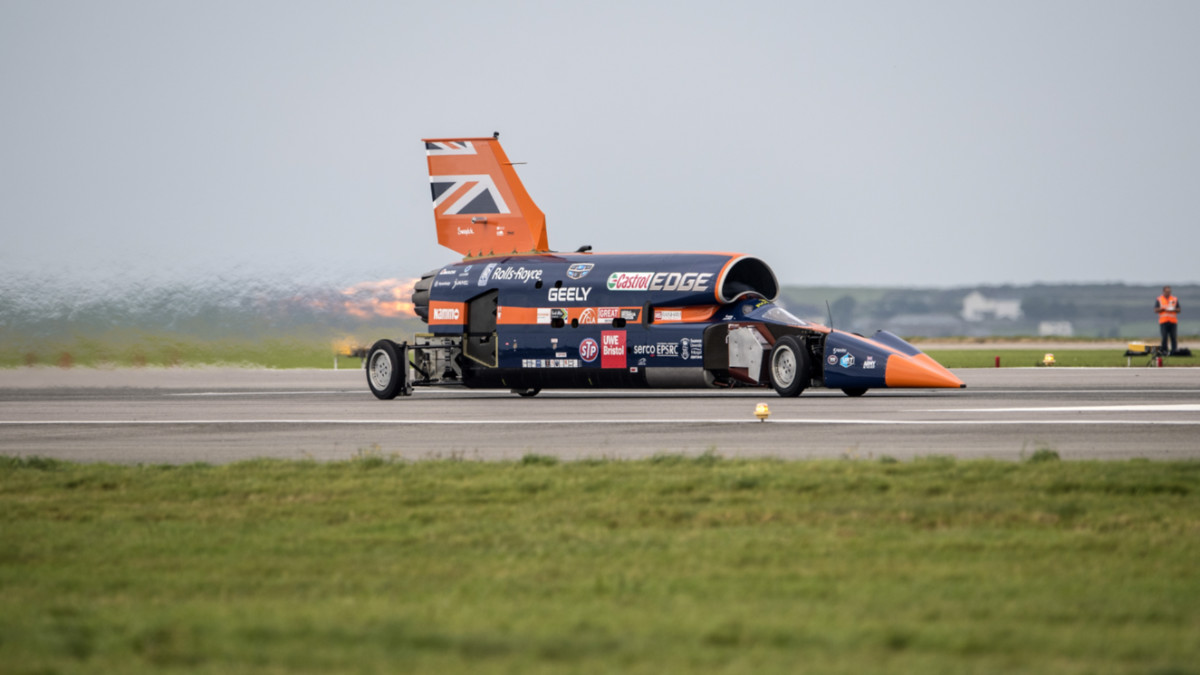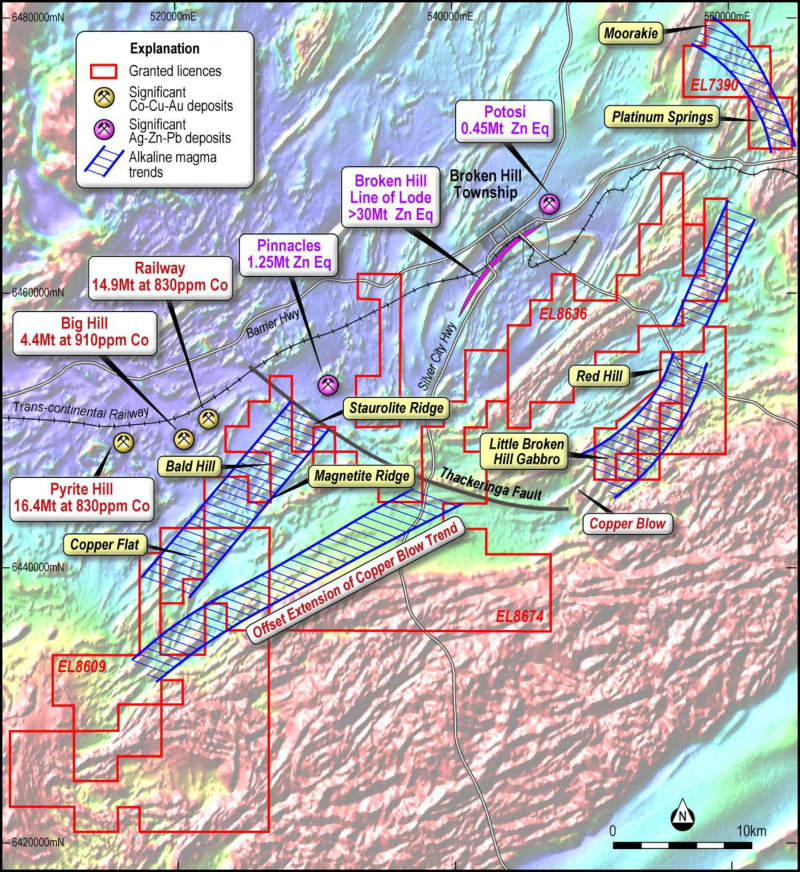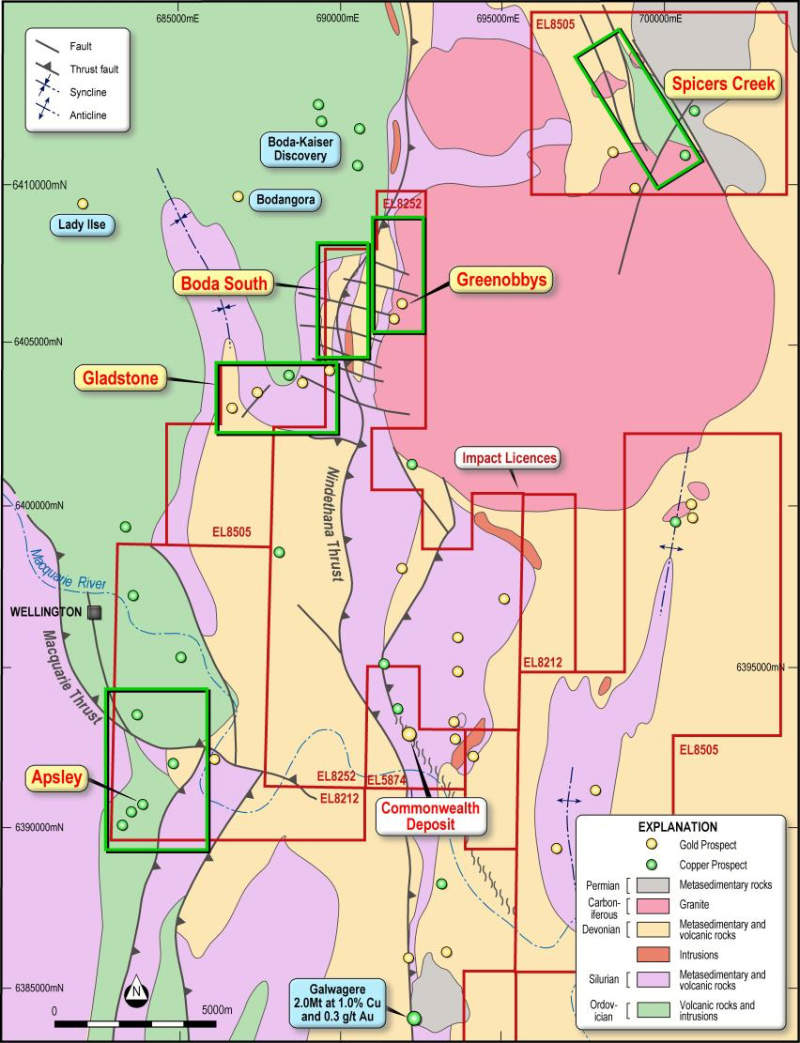Impact funded for Broken Hill drilling as palladium breaks price records

Impact is preparing to kick start exploration as palladium prices break records Pic: Getty Images
Special Report: Impact has raised $2.1m to fund exploration at its Broken Hill palladium-platinum group metal play and Commonwealth project that is on trend from Alkane’s Boda discovery.
Palladium prices have been on a tear in recent months with spot palladium trading as high as $US2,829.75 ($4,238.87) an ounce this month, about $US275 above the previous record last month.
While prices have come down to $US2,757.40 an ounce since then, it still enjoys a premium of more $US1,100 above its better-known counterpart, gold.
Supplies of palladium, which is mainly used in the catalytic converters of internal combustion vehicles to reduce polluting emissions, have not caught up with demand which has increased due to stricter emissions regulations.
This is welcome news for Impact Minerals (ASX:IPT), which has raised $2.1m through an oversubscribed placement priced at 0.9c to fund new drilling at the Broken Hill palladium-platinum group metal (PGM) project in New South Wales.
Funds from the placement will also be used for follow-up ground exploration at its Commonwealth project, which is on trend from Alkane Resources’ (ASX:ALK) Boda discovery that has ramped up interest in the highly-prospective Lachlan Fold Belt.
“With palladium at a record price of more than $US2,500 per ounce, and rhodium prices literally exploding above $US10,000 an ounce in the past week, Impact is pleased to now have the funds to aggressively return to exploration at our unique Broken Hill project,” managing director Dr Mike Jones said.
“Our previous drilling there has delivered exceptional grades of all six platinum group metals (palladium, platinum, rhodium, ruthenium, osmium and iridium) not to mention gold, nickel and copper as well.
“Impact is also now in a position to push forward with follow-up work on our exciting Commonwealth project targets along trend and close to the recent Boda discovery in the copper-gold rich Lachlan Fold Belt, currently one of the hottest exploration footprints in Australia.”
Broken Hill PGM exploration
At Broken Hill, the new drilling will build on previous work by Impact and others in the Broken Hill area that have discovered some of the highest grades of all six PGMs (platinum, palladium, rhodum, osmium, ruthenium and iridium) in Australia.
The company has identified Red Hill, Platinum Springs and Little Broken Hill as key targets for the follow-up work.
At Red Hill, 12 out of 13 holes drilled by Impact returned robust widths and grades of similar mineralisation within 70m of surface.
This includes a top intersection of 1.2m at 254 grams per tonne (g/t) — or about 9.5 ounces per tonne — palladium, 10.4g/t platinum, 10.9g/t gold, 7.4 per cent nickel, 1.8 per cent copper, 19g/t silver, 0.5 per cent cobalt, 4.6g/t rhodium, 7.2g/t iridium, 5.6g/t osmium and 3.1g/t ruthenium.
Impact is planning drilling to test for extensions to this mineralisation, which remains open along trend and at depth.

To the northeast, previous drilling at the Platinum Springs prospect hit a magmatic massive sulphide zone of 0.6m grading 11.5g/t platinum, 25.6g/t palladium, 1.4g/t gold, 7.6 per cent copper, 7.4 per cent nickel, 44.3g/t silver, 1.3g/t rhodium, 1.7g/t iridum, 2g/t osmium and 0.8g/t ruthenium.
Platinum Springs is located at the southern end of the Moorkai Trend and is the only prospect to have been explored in detail.
Additionally, high-grade rock chip samples have been returned from numerous prospects along the 9km trend between Moorkai and Platinum Springs.
Impact is also planning to carry out field checking of a poorly explored Little Broken Hill mafic-ultramafic intrusive complex that extends over 7km.
There is several soil geochemistry, rotary air blast drill hole, electromagnetic and rock chip anomalies that are considered to be priority areas for follow-up work.
Little Broken Hill also contains other belts of mafic-ultramafic rocks with anomalous PGMs that are very underexplored.
Lachlan Fold Belt exploration
Impact is currently awaiting assays from rock chip samples taken from four key targets for porphyry copper-gold mineralisation along trend from and close to Alkane’s Boda discovery.
Boda had returned drill results such as 689m grading 0.46g/t gold and 0.19 per cent copper from a depth of 402m.
The Boda South, Apsley, Spicers Creek and Greenobbys targets along with the newly identified Gladstone, all have characteristics suggesting they are part of large porphyry or other intrusive-related copper-gold systems.
Follow-up exploration comprising soil geochemistry and ground geophysics will be carried out to define drill targets once the company receives the rock chip assays.

This story was developed in collaboration with Impact Minerals, a Stockhead advertiser at the time of publishing.
This story does not constitute financial product advice. You should consider obtaining independent advice before making any financial decisions.
UNLOCK INSIGHTS
Discover the untold stories of emerging ASX stocks.
Daily news and expert analysis, it's free to subscribe.
By proceeding, you confirm you understand that we handle personal information in accordance with our Privacy Policy.








